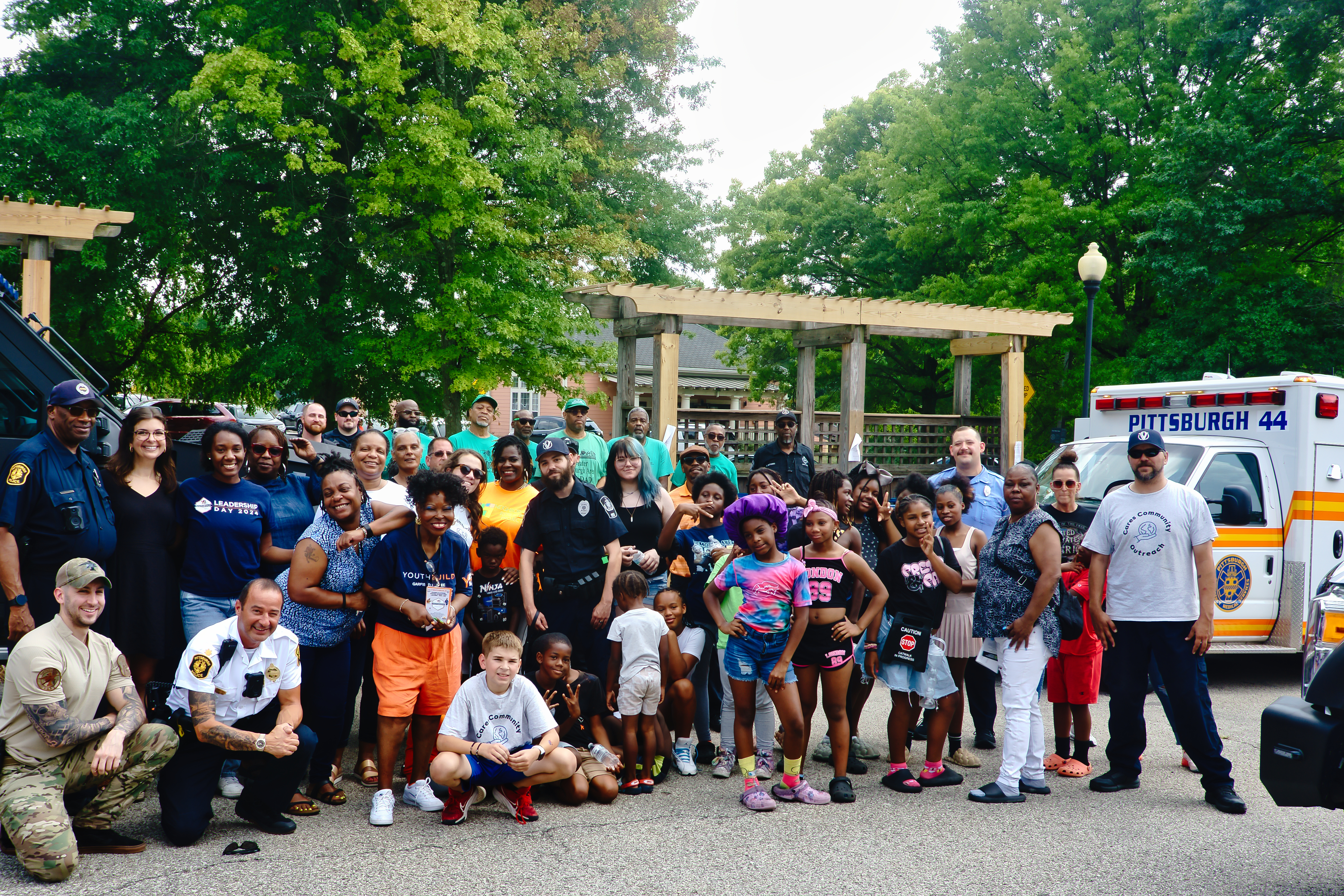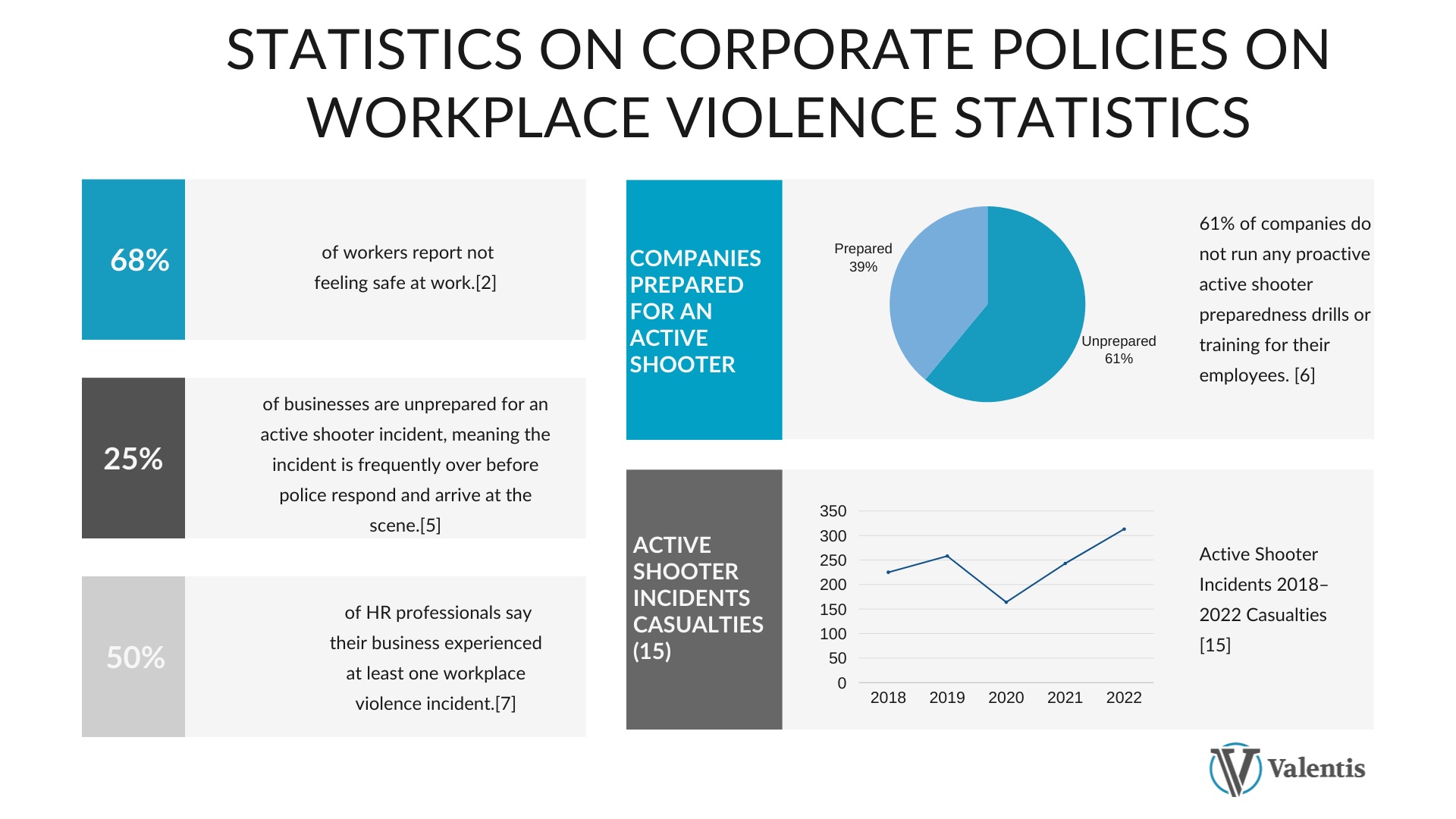When Accountability Fails: The Death of a CEO, the Weight of Broken Promises & the Security Wake-Up Call We Can’t Ignore
March 27, 2025
On March 5th, 2025, the transportation industry at large—was shaken by a tragedy that no executive, entrepreneur, or contractor could ignore.

Marc Dumas, the CEO of a Florida-based trucking company, was shot and killed by former independent contractor William Stukes—an individual who, according to court documents and text messages, had been owed thousands of dollars for work already completed.
The situation was not a mystery of motive. It was a case of unresolved financial obligations, ongoing communication breakdowns, and a system that failed to recognize rising tension until it was too late.
It’s a devastating reminder that when accountability fails, the consequences aren’t just legal or financial—they can be fatally human.
As someone working in the security and risk mitigation space, I see this tragedy through multiple lenses: ethical, operational, and most importantly—preventable.
This wasn’t just a business dispute. This was a security failure.
What This Means for Every Industry—Not Just Trucking
You might be reading this and thinking, “This would never happen at my company.”
But let’s be clear: this isn't about the trucking industry. It’s about human behavior under pressure—and the failure to predict, monitor, and mitigate that behavior before it escalates.
In my work with Valentis Group, I routinely speak with leaders across HOA boards, municipalities, manufacturing firms, government contractors, and commercial property managers. They all face a common challenge: they don’t always see the threat coming from within.
Threats don’t always wear masks. Sometimes, they wear name badges. Or used to.
That’s why physical security isn’t just about locks, gates, and guards. It’s about intelligence, conflict resolution, and knowing the warning signs.
Security Lessons from a Preventable Tragedy
Here are six essential security takeaways for business owners, HR executives, and leadership teams in the wake of this tragedy:
Threat Awareness Must Include Former Employees & Contractors
Many companies vet threats from external actors but overlook the most obvious risk: someone who has previously worked with you.
Former employees or contractors who feel wronged can become emotionally charged—especially when money, termination, or legal disputes are involved. They know your building, your schedule, your weaknesses.
Security strategies should always include protocols for offboarding, post-contractual communication, and monitoring for unresolved grievance
Executive Protection Should Be a Conversation—Not a Reaction
Let’s normalize a critical truth: asking for executive protection is not paranoid. It’s prudent.
Whether short-term or ongoing, providing protective detail to C-suite leaders during times of dispute or legal confrontation can mean the difference between peace of mind and regret. This doesn’t always mean armed guards—it can be discreet plainclothes agents, secure transport, or controlled visitor access.
At Valentis Group, we specialize in scalable, discreet solutions that offer a presence, a deterrent, and immediate response capabilities.
Conflict De-escalation is a Security Skill—Train for It
Most business owners are not trained mediators. But your security team should be.
In this case, multiple messages showed a buildup of hostility. If someone had been empowered to step in and de-escalate—either via HR, legal, or security—it may have interrupted the fatal trajectory.
Train your managers and officers to identify:
- Increasingly aggressive communication
- Threats masked as “jokes” or venting
- Repeated contact outside professional boundaries
- Expressions of desperation, financial hardship, or revenge
You can’t de-escalate what you don’t recognize.
Physical Access Control Saves Lives
Even if verbal threats are ignored, access control can provide a physical barrier to violence. If the attacker was able to enter an unsecured office, parking area, or executive suite—unseen, unchallenged, and undeterred—that is not just a policy issue. It’s a security failure.
Solutions to consider:
- Key card, PIN code, or biometric entry for all executive spaces
- Visitor vetting and authorization check-in systems
- Surveillance systems monitored in real-time—not just recorded for post-incident review
- Security personnel stationed during known risk periods
Incident Tracking and Internal Communication
Most organizations fail to track behavioral red flags over time. One employee may hear a concern. Another may notice something suspicious. But without a unified platform or culture of reporting, the dots never get connected.
Valentis works with clients to implement incident management systems that:
- Log internal conflicts
- Monitor ongoing threats or grievances
- Track follow-up actions
- Share access between HR, Legal, and Security departments
This is not about punishment. It’s about prevention.
It’s Time to Rethink How We Define Safety
Safety is not just about reacting to danger—it’s about creating conditions where danger doesn’t take root in the first place.
Safety is ethical leadership. It’s timely payment. It’s conflict mediation. It’s employee care. And yes, it’s access control, surveillance, and trained professionals who know what to look for before it’s too late.
If you're reading this as a leader—ask yourself:
- Do we have threat assessments for disgruntled contractors or terminated employees?
- Are we tracking unresolved grievances, complaints, or financial disputes?
- Do our executives have access to protection during high-risk situations?
- Have we trained our team in verbal de-escalation and emotional intelligence?
- Is our physical space truly secure, or are we hoping for the best?
Final Thoughts: Leadership Means Protection
Marc Dumas should still be alive today. William Stukes should never have felt the need—or had the opportunity—to act out in violence. But this tragedy didn’t happen overnight. It happened in stages: miscommunication, neglect, frustration, escalation, and finally—devastation.
Let this not be just a story of sorrow. Let it be a turning point.
Let it force every executive to rethink how they define leadership, ethics, and safety.
Because in the end, protecting your people—whether they’re contractors, employees, clients, or yourself—is not just a security priority.
It is a leadership responsibility.
Take Action: Protect Your People, Protect Your Business
Security isn’t just about reacting to a crisis—it’s about preventing one before it starts. The lessons from this tragedy are clear: leadership means taking proactive steps to ensure safety at every level.
At Valentis Group, we work with business leaders to implement security strategies that don’t just respond to threats but mitigate them before they escalate. Whether it’s executive protection, conflict de-escalation training, or comprehensive threat assessments, our team is here to help.
Don’t wait for a wake-up call. Let’s start the conversation today.
📩 Contact Valentis to discuss how we can strengthen your security framework and protect what matters most.
Related Articles
March 27, 2025




